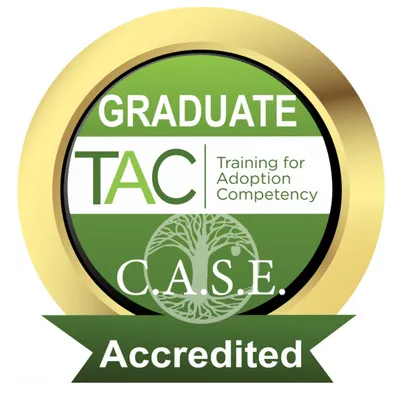Legal Risk Placements (Foster To Adopt)
What is a legal risk placement?
A legal-risk placement -- more commonly known as foster to adopt -- is a foster family placement for a child or youth who has been removed from their birth family and is in the custody of a county's children and youth services agency. The children are often removed due to abuse or neglect and the intent is to reunite them with their birth families. However, sometimes those reunions do not or cannot occur.
In such cases, the foster family will seek to adopt a child who has lived in their home when that child becomes legally free for adoption. In other cases, a resource family is sought -- one who is willing to serve as the foster family with the immediate intent of becoming the permanent adoptive family when birth parents’ parental rights are terminated.
Although legal risk adoptions are a step toward permanency for a child or youth, the foster family does face the risk that the child may not be able to be legally adopted, depending on the status of birth parents’ rights. Such placements are considered "risky" because the child's birth parents still have legal rights and there is a possibility that the child may be reunited with them.
Why are legal risk adoptions important?
Legal risk adoptions provide stability and permanency for children who may not have a clear path to adoption. By being placed with families who are willing to adopt, these children can form relationships and attachments while waiting for their legal status to be resolved. This can greatly benefit their emotional and psychological well-being, as well as their overall development.
Additionally, a legal risk placement can shorten the amount of time a child spends in the child welfare system. Instead of placing a child in foster care and then searching for an adoptive family separately, this process combines both steps.



